Parsley planting technology for fast germination
Juicy parsley is grown in open ground in summer cottages, in greenhouses and on window sills. The culture is rich in vitamins B, E, PP, and there is more ascorbic acid in this green than in lemon. And in ancient Rome they believed that parsley sprigs brought family well-being and contributed to longevity.
Self-cultivation of spicy, healthy greens - the process is simple. However, some nuances and features of this process are useful for every gardener to know. In this article we will tell you in detail how to quickly germinate parsley seeds, when to sow seedlings and wait for germination.
How long does it take for parsley to grow?
How long does it take for parsley to sprout? Slowly - on average from 10 to 14 days. This feature is due to two main factors.
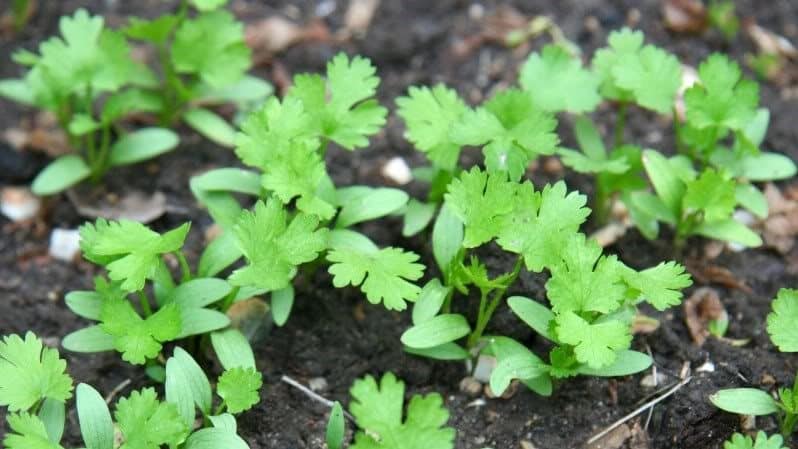 Firstly, each seed is protected by a dense shell, through which it is not easy for sprouts to break through. Secondly, the surface of the shell is covered with a layer of essential oils that prevent moisture from penetrating into the grain.
Firstly, each seed is protected by a dense shell, through which it is not easy for sprouts to break through. Secondly, the surface of the shell is covered with a layer of essential oils that prevent moisture from penetrating into the grain.
If you sow parsley with dry, unprepared seeds, seedlings will appear no earlier than after 2-3 weeks.
Important. Sowing with pre-sprouted seeds guarantees the emergence of seedlings 7-10 days earlier.
The main sowing method is landing into open ground. Dry and germinated seeds are sown from early spring to early July.
Another way is winter sowing. In this case, dry material is embedded in the ground in October.In spring, such crops begin to develop when the temperature rises to +4°C.
Grow parsley and seedling method. The germinated seeds are sown in peat cups and the plants are transplanted into open ground within 30-40 days.
What affects germination rate
Several factors influence the rate at which sprouts appear. The main one is the quality of seed material.
Seed quality
Parsley is not known for its rapid emergence. The germination percentage is also low even for high-quality material.
First class seeds show a germination rate of 70%. Second class - already 40%. This means that if you buy low-quality material, you risk not waiting for the shoots to emerge at all.
When choosing seed, special attention is paid to its freshness. The shelf life of parsley seeds is only 2-3 years. The fresher it is, the higher the germination percentage.
The soil
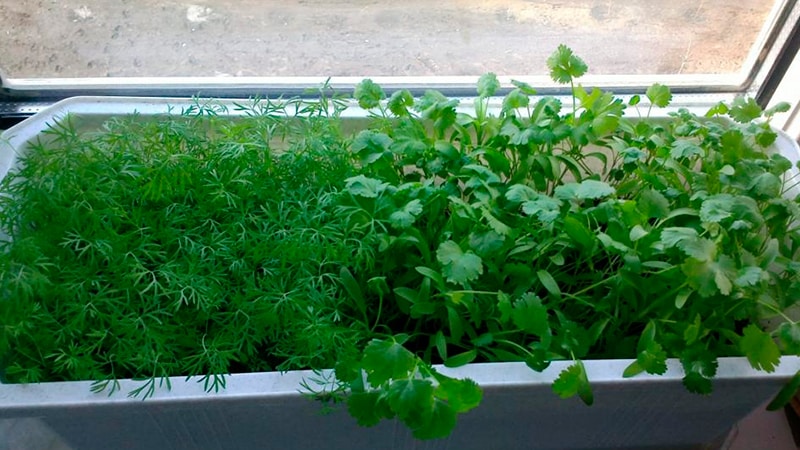
The second most important factor is the soil. For beds with parsley, choose a well-lit area with loose, light and fertile soil. The humidity of the area is moderate.
A dry place, as well as one that is too damp or marshy, is not suitable. Greens will grow poorly and often get sick.
Attention. The most suitable soil type is light loam or sandy loam. pH level is from 6.5 to 7.0.
It is also important to consider predecessors. Undesirable sow parsley after related plants: caraway, cilantro, carrots.
The beds for planting are prepared in the fall. The earth is dug up, humus is added (4-5 kg per 1 m²). Immediately before planting, complex minerals are added fertilizers.
Methods of preparation
How to plant parsley so that it sprouts quickly? The answer is simple - sow prepared seeds. Let's consider the main methods of preparation.
Soak
Soaking in water is the most famous and obvious method of pre-sowing preparation. Soak overnight in warm water the day before sowing. To get rid of the oil film on the surface of the seeds, douse them with hot water (not boiling water) before soaking.
There is also a known method of soaking in an alcohol solution. Alcohol dissolves fat and removes the oily film from the surface of the casing. The material is kept in an alcohol solution for 10-15 minutes. Then rinse and soak in warm water overnight.
Before planting, the seeds are removed from the liquid and dried to a free-flowing state.
Soaking in special solutions
Soaking in biologically active solutions is a well-proven technique. Growth stimulants “Epin-Extra”, “Zircon”, and humates are used. Soak the seeds according to the instructions for the preparation.
Vernalization
Vernalization is the process of inducing seeds to grow and develop by exposure to low temperatures.
Need to know. Vernalization is carried out at low but positive temperatures.
The material is first soaked in water at room temperature, and after swelling it is placed in the refrigerator. After 10-14 days, remove the container from the refrigerator and begin sowing.
However, due to prolonged exposure to a humid environment, the seeds may rot and not sprout.
Bubbling
Bubbling also helps to get quick shoots when planting parsley. This is the exposure of grains to oxygen for a certain time.
At home, bubbling is carried out using a compressor from an aquarium. A glass jar is filled with water at a temperature no higher than +20°C and a compressor is lowered into it.
Important. The ratio of seeds and water in the jar is approximately 1:4
Seeds are poured into the water and the compressor is turned on.For parsley, exposure time to oxygen ranges from 12 to 24 hours.
The material prepared in this way is dried to a free-flowing state and sown.
Germination
How else to speed up the germination of parsley seeds? Prepare by sprouting method. It involves keeping the seeds in a humid environment until sprouts appear. To do this, use a wet cloth, napkins or sawdust.
The disadvantage of this method is the same as that of vernalization - prolonged exposure to moisture leads to the appearance of rot.
Hardening
The seeds, wrapped in damp cloth, are placed in the refrigerator. There they are kept at a temperature of 0...+2°C for two days. After which, without drying, they are immediately sown or treated with growth regulators.
This preparation reduces the sensitivity of plants to temperature changes and diseases.
Agrotechnical techniques for accelerated emergence of seedlings
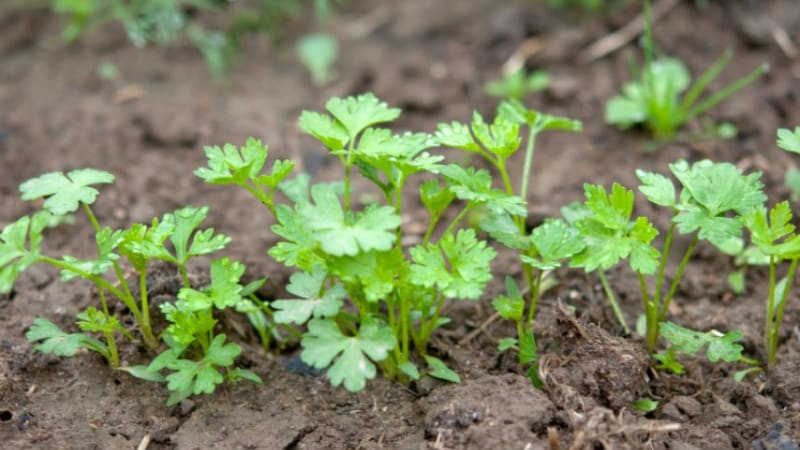
In addition to the preparation methods discussed above, there are also agronomic techniques that can speed up the appearance of sprouts. Let's list the main ones.
Compliance with sowing technology
Given the low germination percentage, it is especially important to follow sowing technology. On light soils, seeds are planted no deeper than 2 cm. On heavy soils - to a depth of 1-1.5 cm. The seeding rate is 0.5 g per 1 m².
Creating a greenhouse effect
This is another simple and effective technique for improving germination rates. The seeded bed is covered with a dark film and kept there until sprouts appear.
The use of film increases the temperature on the soil surface, allows it to retain moisture and protects crops from washing out.
Use of growth stimulants
The modern market offers many chemical and biological preparations that stimulate seed germination.They are based on substances of natural origin (isolated from fungi, bacteria, algae, peat, coal, sapropel) and their artificial analogues.
Advice. Always follow the instructions when using stimulants. An overdose will have the opposite effect.
Growth stimulants show maximum effect when applied twice: the first time during pre-sowing treatment, the second time at the stage of appearance of two true leaves.
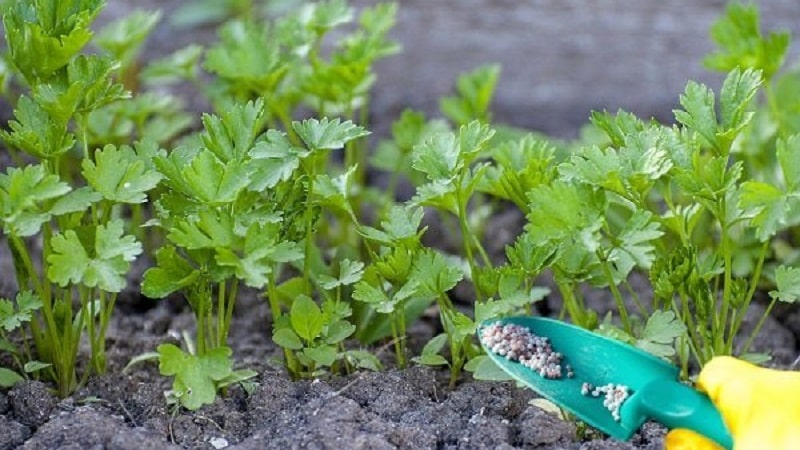
Burying a bag of seeds
Burying bags of seeds in snow or soil is a method of pre-sowing preparation that has been proven for decades. In April - early May, the seeds are scattered into small canvas bags and tied tightly.
Advice. For different varieties and crops, use fabric of different colors, having previously written down which variety the fabric is intended for.
The bags prepared in this way are buried in the snow (if it has not yet melted) or in damp soil to a depth of 10-15 cm. The place with the buried bag is marked so as not to lose it in the future.
The bags are kept in the snow (ground) for 10-15 days. During this time, in a humid environment, the seeds will swell and harden. When the time comes for sowing, the bags are removed. The seeds are dried and sown in the usual way.
Germination time of prepared seeds
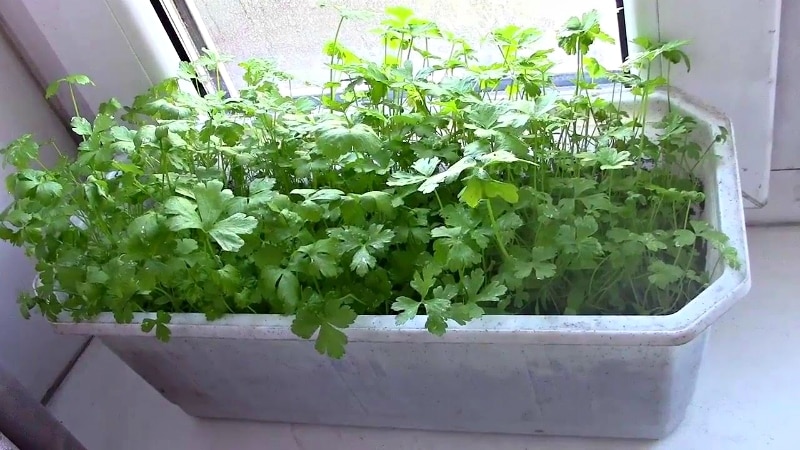
How many days should we wait for germination? When sowing with prepared seeds, sprouts appear above the ground within a few days. Germination takes an average of 3-7 days depending on the density and fertility of the soil and the quality of the material.
Prepared seeds sprout more quickly and delight you with an early harvest.
Conclusion
If you decide to grow healthy curly greens on your site, then it is preferable to plant them with treated seeds.This increases the percentage of germination and accelerates germination. Plants more successfully resist diseases, pests and temperature changes.